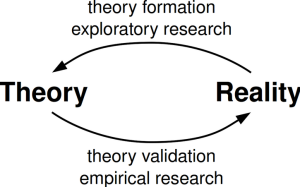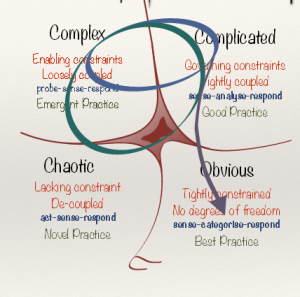 The future within our engagements will determine diffusion and adoption
The future within our engagements will determine diffusion and adoption
It is all about letting go but also grabbing more at the same time, and then finding ‘it’.
Technology has opened up the door to both scale and fragmentation and social business is the one pushing through this open door.
We are increasingly facing the Collaborative Economy everywhere we turn. Social business is becoming the denominator of success or failure.
We are needing to confront the new questions that are emerging
New rules are emerging – you could say new theories – and where are these fitting within the corporate mindset?
Continue reading “Exploring Diffusion and Adoption of Innovation – Part 2”








